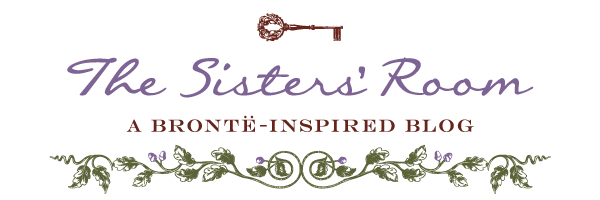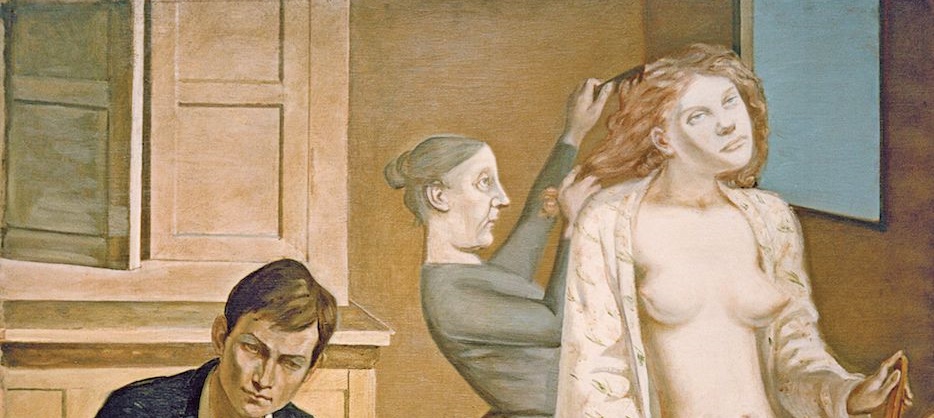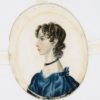Balthus (pseudonym of Balthasar Klossowski de Rola), was a Polish artist born in 1908 in Paris and died in Switzerland, 2001. He was attracted to Italian art and culture and, as a young artist in search of inspiration, he visited Italy for the first time in 1926. He went to Florence first, where he could admire the fifteenth-century’s frescoes by Masaccio and Masolino in Santa Maria del Carmine, and then Arezzo where he discovered Piero della Francesca. His artworks can be considered an important connecting point between Florentine artists from the fifteenth century and contemporary art: in his paintings an impalpable light touches the bodies on a quiet and timeless background that seems to put together Piero della Francesca’s simplicity with De Chirico’s metaphysical compositions. Masaccio and Masolino instead, inspire the volumes and the chiaroscuro, and that is clearly visible in Baltuhs’ precious static compositions, especially the one that links his works to Wuthering Heights: Cathy’s toilette.
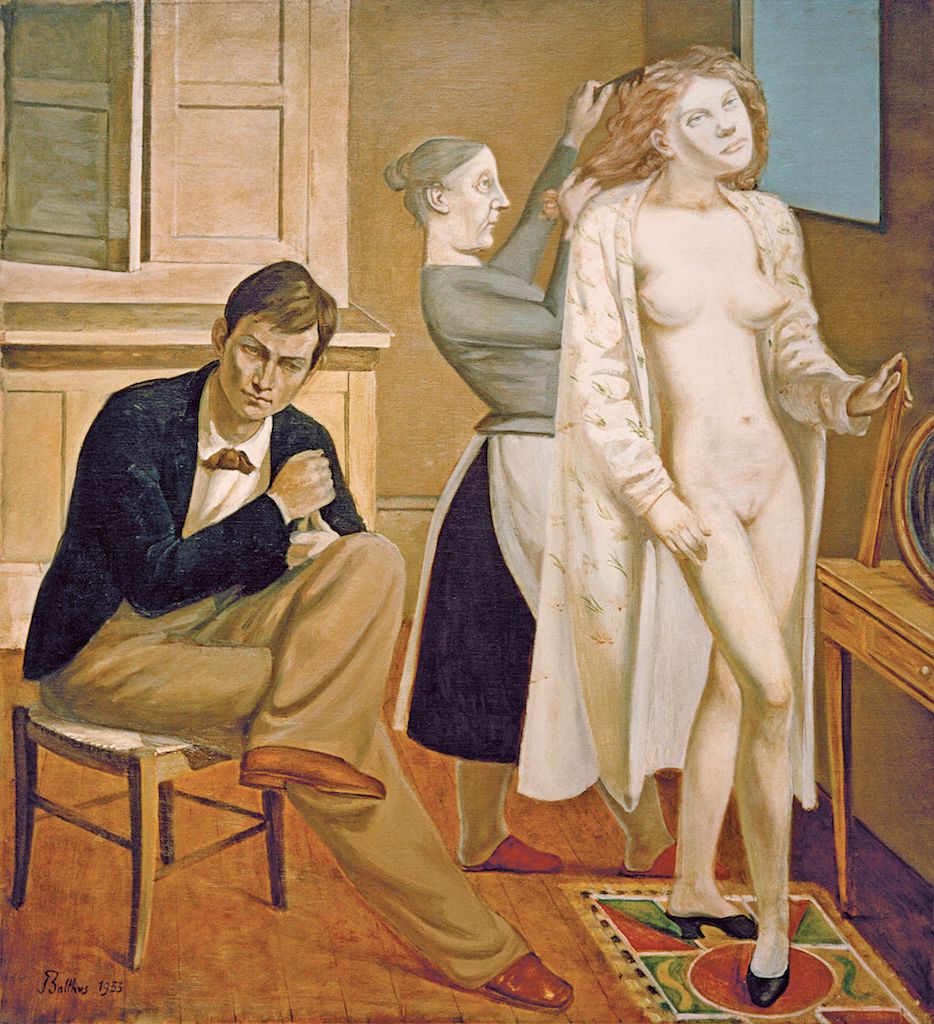
Balthus and Emily Brontë
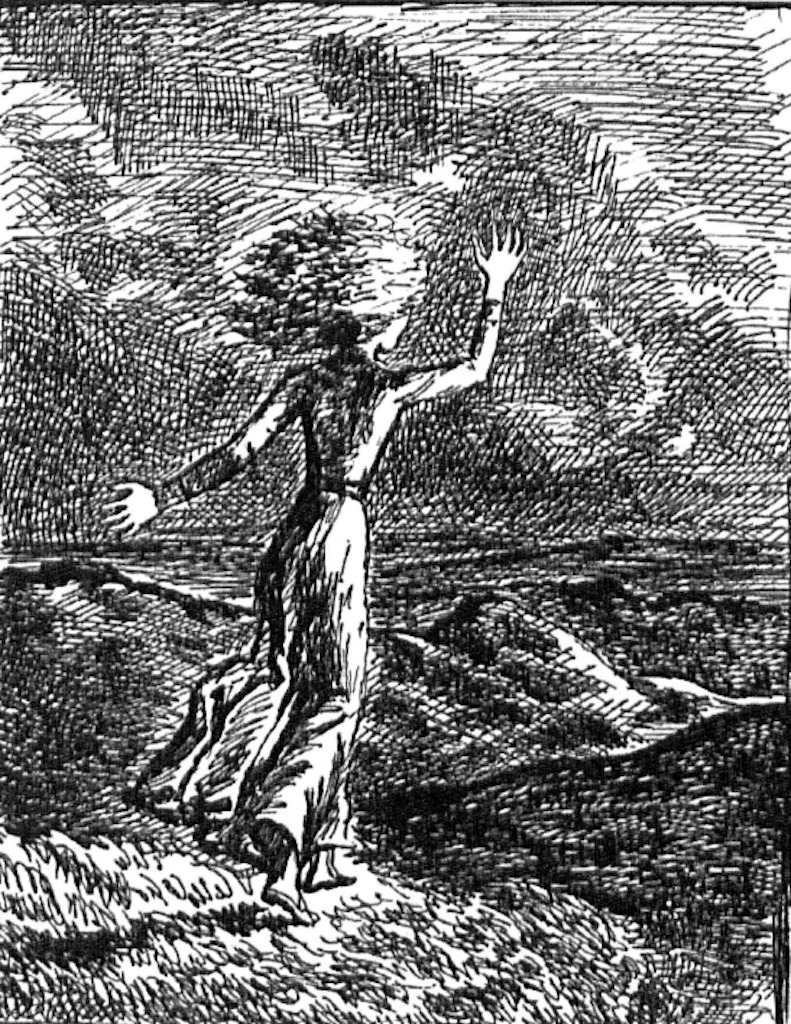
This oil on paper painting is kept at the Centre Pompidou in Paris. It was painted by Balthus between 1933 and 1934, and it represents a turning point in his formation. The artist read Wuthering Heights at the age of fourteen. After catching his imagination as a teenager, the novel came back to his mind when he was in his thirties and fell in love with Antoinette, an upper class girl from Bern met in 1932. While in Paris, during the Autumn of 1933, he started to work on a series of fourteen illustrations of Wuthering Heights which show a profound connection with Emily Brontë and her novel.
One of those ink on paper illustrations inspired Cathy’s toilette: Nelly Dean is brushing Cathy’s hair while she stands naked, symbolically representing Antoinette. The artist paints himself as Heathcliff, and that’s clearly not a scene taken from the novel but a dream, a rêverie evoked by the protagonist, and the artist speaks about it in a letter to Antoinette dated January 1934. Balthus sent the letter after he had found out that she would marry another man. The illustration paints a private scene, and it shows how much the man identified himself with the characters in the book. Balthus said: «I was completely at home in the novel. It describes my youth perfectly[1]»
The illustrations were done when the artist was 25, and her love for Antoinette was like Heathcliff’s love for Catherine – they both felt betrayed: «I think that, like Heathcliff, I didn’t want to leave adolescence[2]», the artist said. Balthus was born on 29th February and he was bound to stay forever young, fighting against time by celebrating his birthday every four years. Wuthering Heights and its melancholy are a constant source of inspiration for Balthus, we can see it in those sharp and tormented illustrations. One of all is the cover image We ran from the top of the Heights, where Catherine is lost on the wild windy moors. Another remarkable illustration pictures young Catherine resting her head on Heathcliff’s lap while enjoying the wind blowing on the moors, before everything changed forever. The illustration seem to recall Nelly’s words to Mr Lockwood: “But it was one of their chief amusements to run away to the moors in the morning and remain there all day, and the after punishment grew a mere thing to laugh at”.
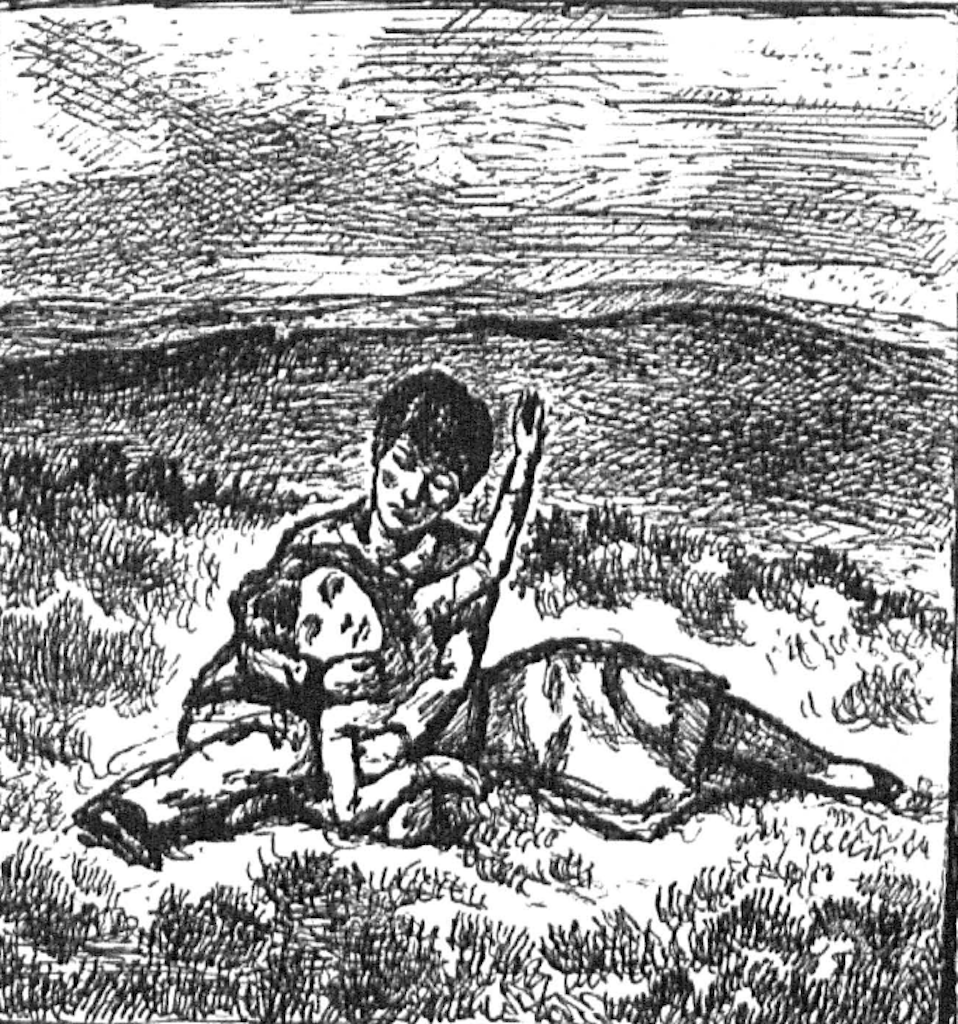
Elena Lago, art historian
[1] Christina Carriho de Alhornoz, Conversation, New York, Editions Assouline 2001, p. 4
[2] Christina Carriho de Alhornoz, Conversation, New York, Editions Assouline 2001, p. 4
Have a look into the “Artist’s studio” for more connections between contemporary art and the Brontës: Su Blackwell and Her Delicate Paper Worlds at the Brontë Parsonage Museum- An Article by Elena Lago, Christmas greetings from the Brontës- Small Pictures for Greeting Cards, Serena Partridge: a delicate embroidery for Charlotte Brontë- An Article by Elena Lago
